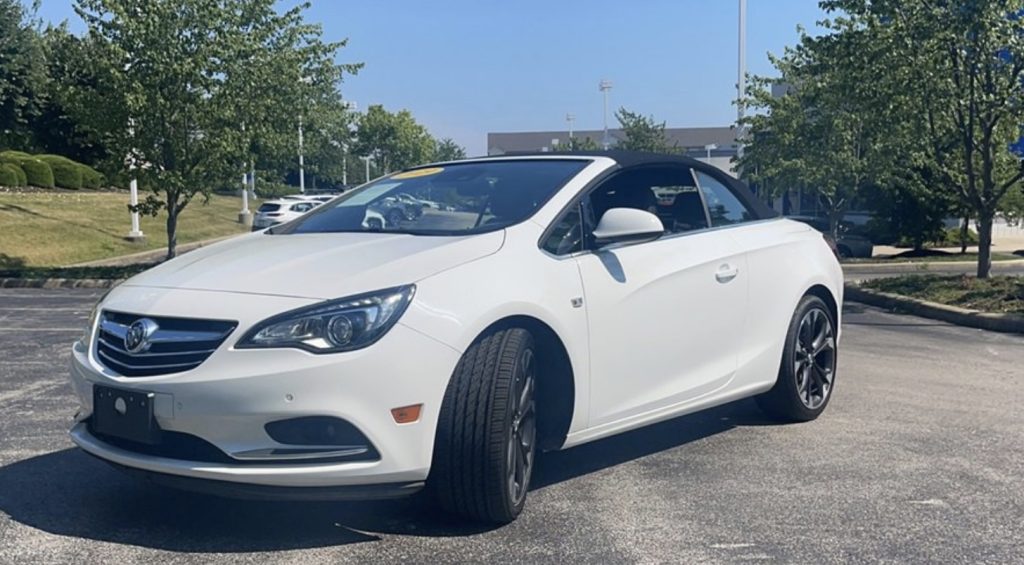
Dealing with a soft brake pedal on your Buick Cascada can be dangerous and frustrating. You should absolutely not drive your car until you track down the problem.
While tracking down the problem sounds daunting, there’s a lot you can do at home to get a hard pedal.
One possible cause of a soft brake pedal in the Buick Cascada could be air trapped in the brake lines. Your brake system should remain closed, meaning air shouldn’t get inside.
However, air can get trapped in the brake lines, especially after service. Another potential issue could be related to the ABS pump. A failing ABS pump can sometimes cause a low brake pedal.
Causes of Soft Brake Pedal in Buick Cascada
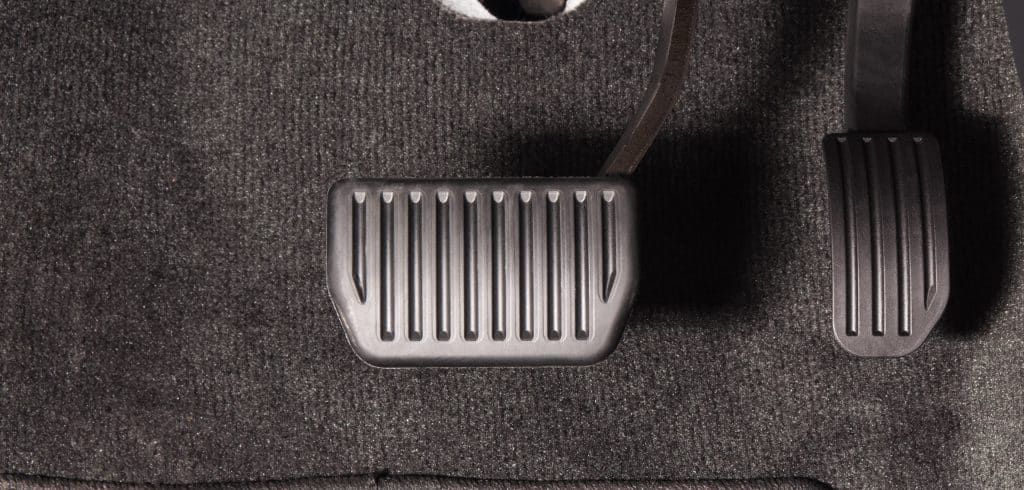
Brake Fluid Leak (Air in the System)
One possible cause of a soft brake pedal in your Buick Cascada could be a brake fluid leak. If the leak occurs in the brake lines or connections, air will enter the lines.
Unlike brake fluid, air can be compressed, creating a spongy or soft pedal feel. The soft feeling is air compressing before the brake fluid moves.
To determine if there is a brake fluid leak, carefully inspect for any indications of dampness or fluid presence in the vicinity of brake lines, fittings, and calipers. These areas are likely to be the source of the issue.
Tips
- If you’ve recently installed a new master cylinder in your Cascada, you’ll need to bench-bleed it to remove all the air from the system.
- A blown brake line can cause a very soft pedal. You will get the brake warning light if the pressure is too low. There will be brake fluid everywhere under the vehicle, and the change would have been instant.
- Open the master cylinder. Is the fluid level in the normal spot? Is it low? Do you see any air bubbles in? Tap it gently with a socket extension and see if any air bubbles rise.
Defective Master Cylinder
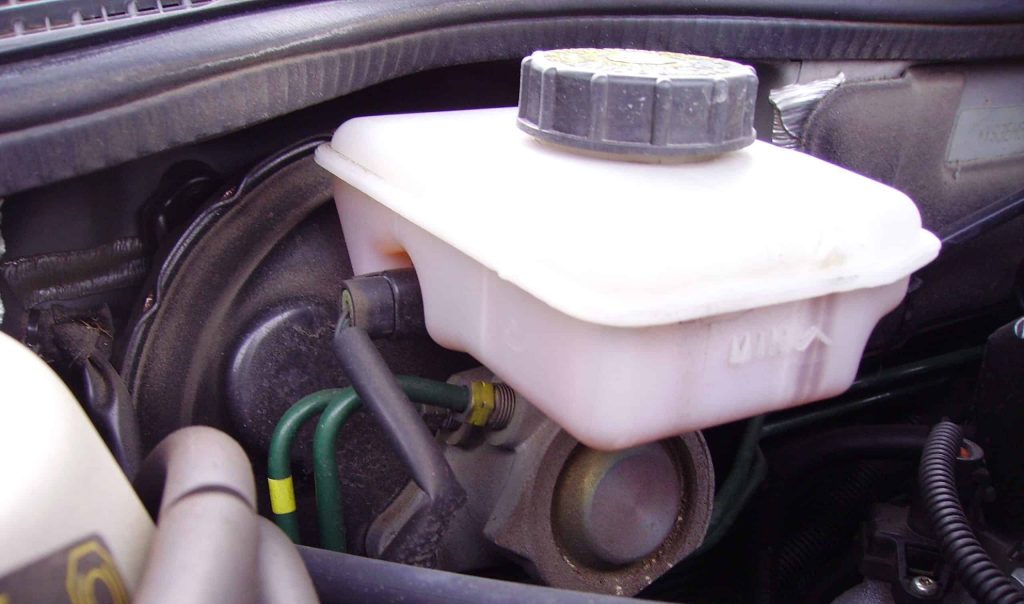
A defective brake master cylinder can be another reason for a soft brake pedal in the Buick Cascada. When you press the pedal down, it is responsible for generating hydraulic pressure for the brake system.
If it is bad, the brake pedal might feel soft or spongy.
Inspect the master cylinder for signs of damage or wear, and consider replacing it if necessary. If you need to replace it, don’t forget to bench-bleed it.
Worn Out Brake Pads
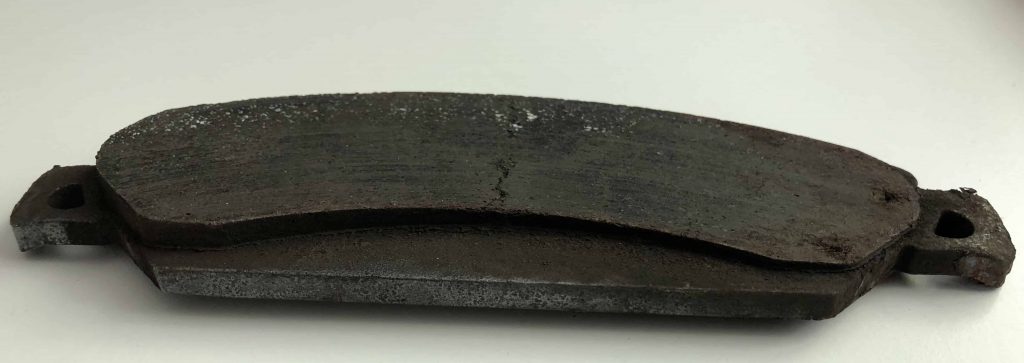
Worn brake pads can also contribute to a soft brake pedal because there’s more distance for the piston to travel when pressing the pad into the rotor.
Check your Buick Cascada’s brake pads for signs of wear and replace them if needed to ensure proper brake performance. This can easily be done at home by pulling one of the front wheels.
Poorly Adjusted Rear Drums (If Equipped)
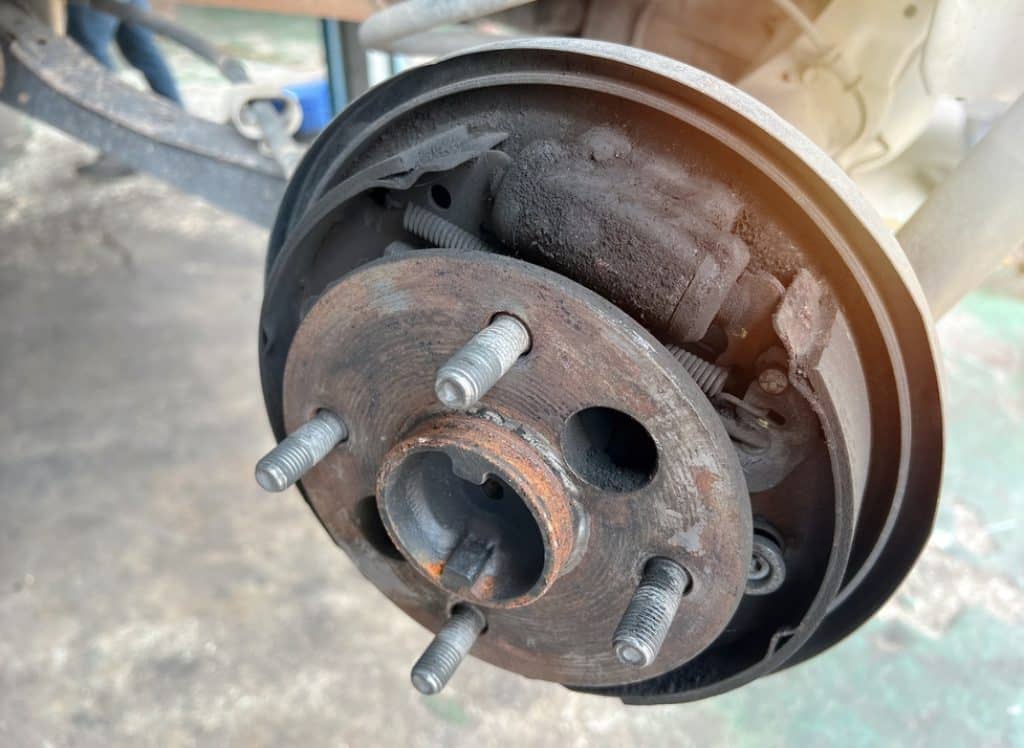
If your Buick Cascada is equipped with rear drum brakes, poor adjustment can lead to a soft brake pedal.
Inadequate drum brake adjustment can cause the shoes to be too far from the drum and, in turn, lead to a spongy pedal. Properly adjusting the rear drum brakes can alleviate this issue.
Tip
- Most drums or self-adjusting when stopping in reverse.
Compromised Brake Booster
A compromised brake booster can also result in a soft brake pedal. The brake booster assists in applying force to your Cascada’s master cylinder, and a failure in this component can lead to reduced braking performance.
Inspect the brake booster for signs of damage or malfunction, and consider replacement if needed.
What Happens When You Push The Brake Pedal (Understanding the Braking System)
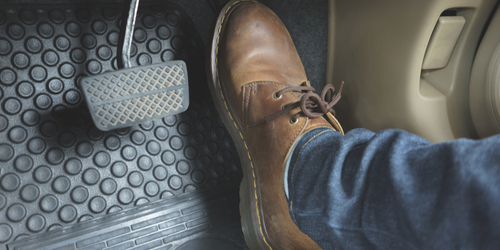
When you push the brake pedal in your Buick Cascada, you initiate a series of events in the braking system that helps to slow down or stop your car.
Understanding the basic principles of this system can help you diagnose common issues, such as a soft brake pedal.
At first, pressing the brake pedal creates mechanical force, which is transferred to your Cascada’s master cylinder. The master cylinder then transforms that force into hydraulic pressure within the brake lines.
This hydraulic pressure activates the brake calipers, which in turn, apply force to the brake pads. The brake pads make contact with the brake rotors, generating friction and heat, ultimately slowing down the wheel and your vehicle.
Your Buick Cascada’s brake system operates efficiently due to incompressible brake fluid that transmits 100% of the force applied to the brake pedal to all four brakes. However, when there’s air in the system, it becomes compressible and leads to a soft brake pedal.
Keep in mind that properly functioning brake fluid is critical to the overall operation of the braking system. Over time, brake fluid can become contaminated or lose its effectiveness, which can lead to a soft or spongy brake pedal.
Regularly checking and replacing brake fluid, as recommended by your vehicle’s manufacturer, will help maintain the efficiency of your Cascada’s braking system.
Maintaining the condition of brake components such as rotors, pads, and calipers is also important, as worn or damaged parts can negatively impact the performance of the braking system.
Regular inspections and timely replacement of these components can help prevent soft brake pedal issues and ensure the safety of you and your passengers.
Diagnosing Soft Brake Pedal Issues
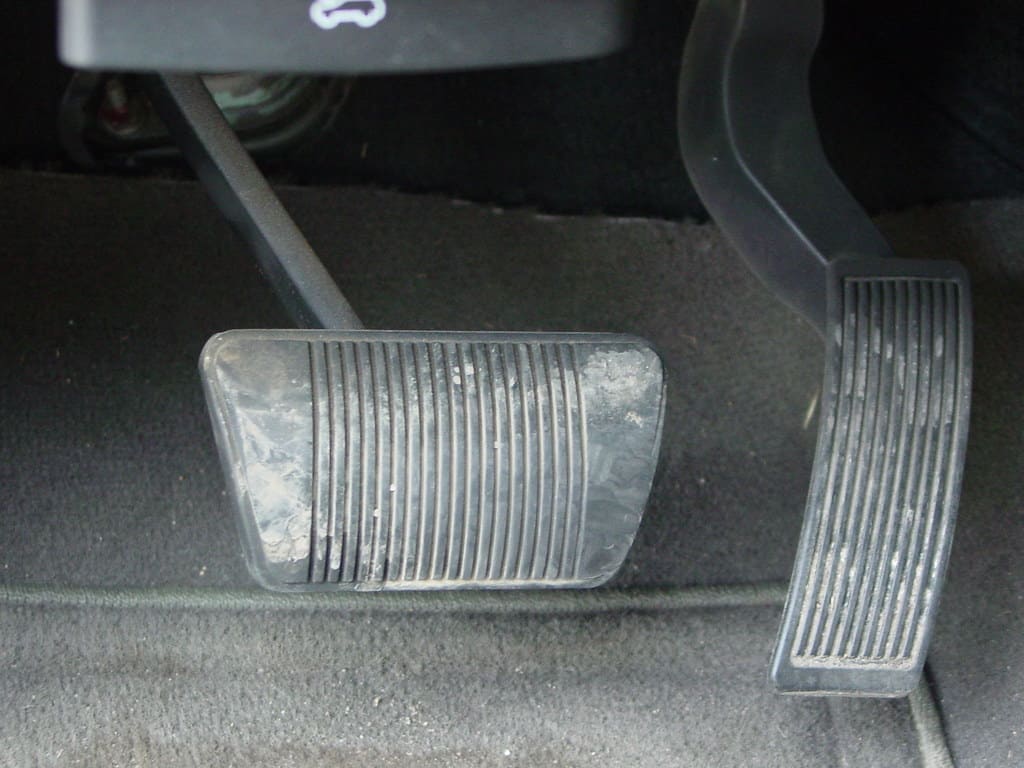
When you experience a soft brake pedal in your Buick Cascada, it could be due to several causes. Firstly, make sure you inspect the brake lines for any air bubbles. Air in brake lines can lead to a spongy pedal feeling and affect fluid circulation.
To diagnose common brake issues, follow these steps:
- Check for air in brake lines: Start by bleeding the brake lines to release any trapped air. It’s a good idea to perform a brake fluid change if it hasn’t been done recently, as old fluid can contribute to the issue.
- Examine the master cylinder: A worn or leaking master cylinder could also be the culprit. Look for visible brake fluid leaks and ensure the brake warning light is not on. If there’s a leak or the master cylinder is in poor condition, it should be replaced.
- Inspect brake pads and rotors: Improperly installed or worn brake pads and rotors can cause your Cascada’s brake pedal to feel soft. Check your front and rear brake pads, ensuring they are in good condition and installed correctly.
Remember, addressing any issues as they arise will help you maintain your Buick Cascada’s braking system more efficiently and ensure your safety on the road.
Prevention and Maintenance Recommendations
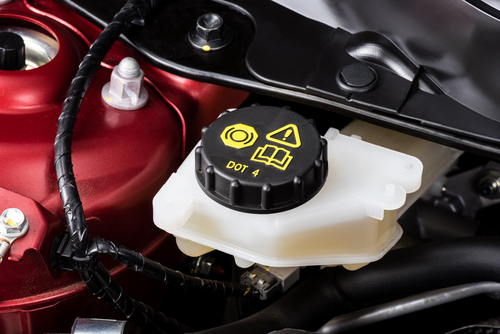
To maintain optimal performance and prevent soft brake pedal issues in your Buick Cascada, follow these recommendations.
Regular brake fluid replacement: One of the major causes of a spongy brake pedal is air in the brake lines. To prevent this issue, be sure to replace your brake fluid as recommended by Buick.
Inspect brake lines: Over time, rubber brake lines can degrade and cause a soft brake pedal. Regularly inspect your brake lines for cracks, bulges, or other signs of wear. Replace them as needed to maintain proper braking performance.
Bleed your brakes: Whenever you service your brakes or replace the brake fluid, be sure to bleed the brake system. This process removes air bubbles from the lines, ensuring a firm pedal feel.
Proper brake pad installation: When changing your brake pads, be sure to follow proper installation procedures to avoid air entering the brake system. Check your owner’s manual or consult a professional technician for guidance.
Addressing master cylinder issues: In some cases, a malfunctioning brake master cylinder can cause a soft pedal feel. If you suspect a problem with the master cylinder, have it inspected and replaced by a qualified technician.
By following these preventive measures and conducting regular maintenance on your Buick Cascada’s braking system, you can help ensure optimal performance, safety, and longevity.
Should You Drive Your Buick Cascada With a Soft Brake Pedal?
It is generally not advisable to drive with a soft brake pedal, as it can pose serious safety risks for you and other road users. A soft brake pedal may not provide sufficient braking power, leading to longer stopping distances and potentially causing accidents.
While it may not always be an immediate emergency, it is crucial to address the issue as soon as possible.
To ensure your safety and maintain your vehicle’s optimal performance, it’s best to consult a professional mechanic or a Buick service center when you notice a soft brake pedal.
They will have the knowledge and tools to inspect your vehicle, determine the root cause, and recommend the appropriate repairs or adjustments. Don’t put yourself or others at risk by driving with a compromised braking system; address any issues immediately and prioritize your safety on the road.

